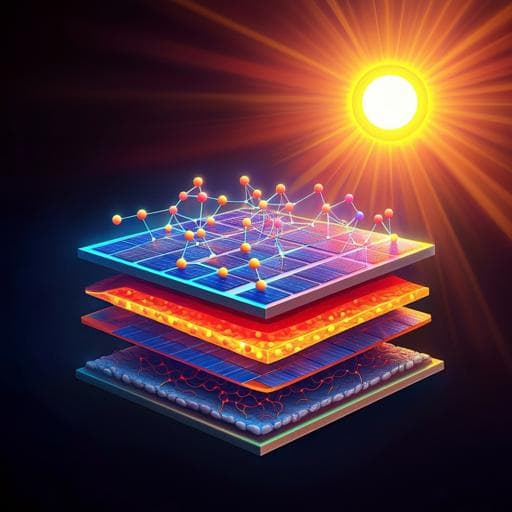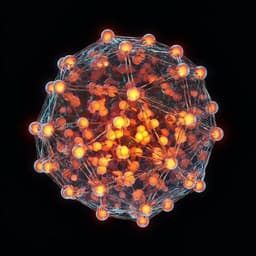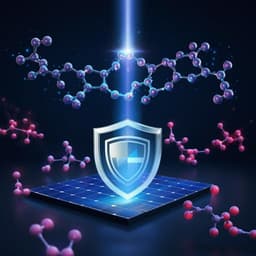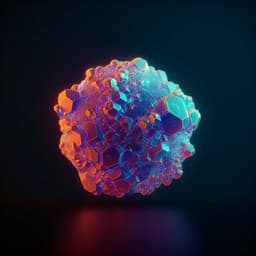
Engineering and Technology
Silver coordination-induced n-doping of PCBM for stable and efficient inverted perovskite solar cells
C. Gong, H. Li, et al.
Discover how innovative silver coordination-induced n-doping protects perovskite solar cells from corrosion and enhances their efficiency. This groundbreaking research by Cheng Gong, Haiyun Li, Huaxin Wang, Cong Zhang, Qixin Zhuang, Awen Wang, Zhiyuan Xu, Wensi Cai, Ru Li, Xiong Li, and Zhigang Zang demonstrates impressive long-term stability and remarkable performance in solar energy conversion.
~3 min • Beginner • English
Related Publications
Explore these studies to deepen your understanding of the subject.







